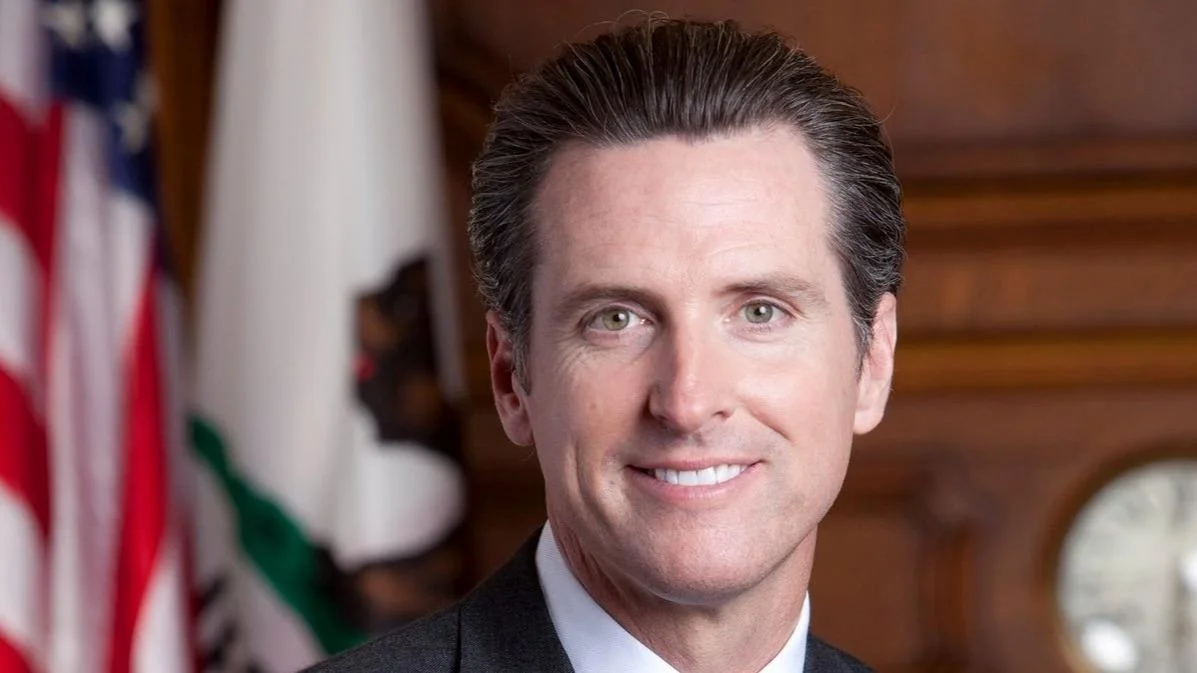
Gavin Newsom, Governor of California | Official website
Zero-emission vehicles accounted for nearly 23% of new medium- and heavy-duty truck sales in California in 2024, according to figures released by Governor Gavin Newsom. This represents more than double the state's target for the year and marks the highest number of zero-emission vehicle (ZEV) sales ever reported for trucks in California.
Manufacturers reported a total of 30,026 zero-emission trucks, buses, and vans sold last year. Since 2021, over 57,000 ZEVs have been sold in California’s medium- and heavy-duty market. The state has now seen four consecutive years of increased ZEV truck sales.
“Clean trucks accounted for nearly a quarter of all new truck sales last year in California. We’re rapidly replacing dirty diesel big rigs and buses with cleaner alternatives. Sorry, President Trump – the future is here no matter how hard you bend the knee to China and sell out American workers,” said Governor Gavin Newsom.
The data is compiled from annual model year production and sales reports submitted by manufacturers to the California Air Resources Board (CARB). These figures include battery-electric and fuel cell vehicles such as delivery vans, school buses, big rigs, and pickup trucks.
California continues to push forward with incentives through its Clean Truck and Bus Voucher Incentive Project (HVIP), which provides point-of-sale discounts to help fleets transition to zero-emission vehicles. Demand for these incentives remains high; $200 million was requested on the first day applications opened this month.
“This continued growth in zero-emission truck sales shows that manufacturers are stepping up to meet California’s clean air goals and that the transition to cleaner fleets is accelerating,” said CARB Chair Liane Randolph. “With strong sales, a growing credit surplus, and rapid innovation, the industry is proving that zero-emission technology is ready for wider deployment.”
The HVIP program is funded mainly through California’s Cap-and-Invest Program—previously known as Cap-and-Trade—and saw participation increase by 177% from 2023 to 2024. In February alone, more than 200 HVIP-funded vehicles were deployed using $31 million in incentives.
Since its launch in 2009, HVIP has played a central role in helping businesses adopt clean transportation technologies across the state.
Last month, state agencies published a report responding to an executive order from Governor Newsom on zero-emission vehicle deployment. The report outlines actions across six areas aimed at delivering benefits especially to communities facing high levels of air pollution.
California's greenhouse gas emissions have decreased by about 20% since 2000 while its gross domestic product has grown by approximately 78%. During this period, California became the world’s fourth largest economy. The state also set records for clean energy use: two-thirds of its electricity came from clean sources in 2023—the highest proportion among major economies—and it has run on entirely clean electricity during part of almost every day so far this year.
Battery storage capacity has expanded significantly under Governor Newsom’s administration—now exceeding 15,000 megawatts—while over 25,000 megawatts of new resources have been added to California's electric grid.
 Alerts Sign-up
Alerts Sign-up